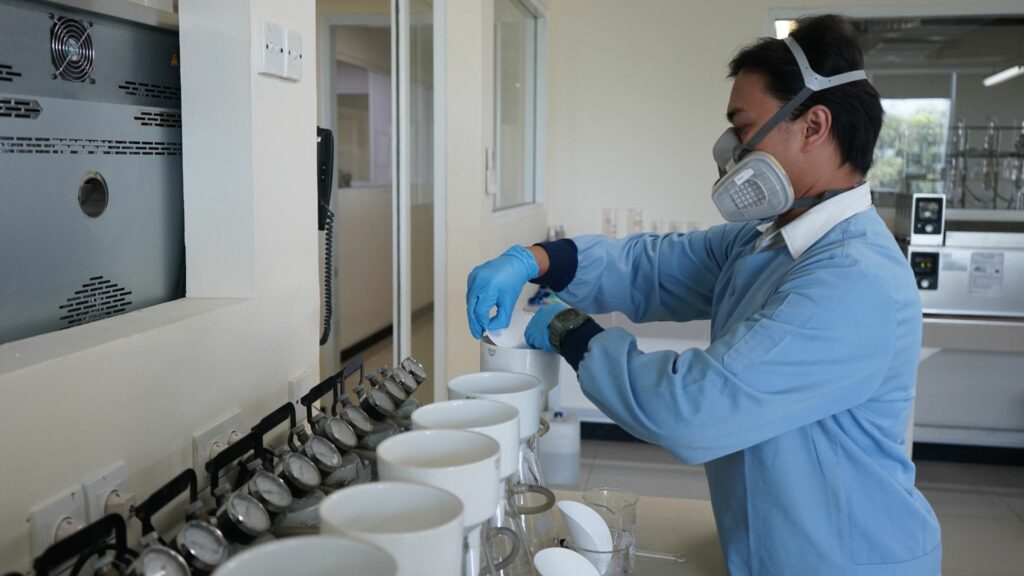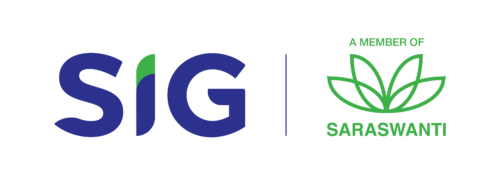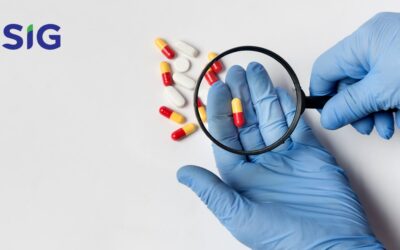Fiber
– Allergen
– Amino Acids
– Antibiotics
– Antioxidants
– Contaminants
– Dioxins & PCBs
– Fatty Acid
– Fiber
– Food Colorants
– Food Preservatives
– GMO & Molecular Biology
– Heavy Metal
– Microbiology
– Mineral & Other Elements
– Mycotoxins
– Organic Acids
– Pesticides Residues
– Proximate Analysis
– Shelf Life Test
– Solvent Residues
– Sugar & Sweeteners
– Vitamins
Fiber is a type of carbohydrate, but unlike other carbs, it cannot be brake down into digestible sugar molecules. Therefore, fiber passes through the intestinal tract relatively intact. However, on its digestion, fiber does a lot of work. Fiber has an important function in digestion, good metabolism, weight management, blood sugar control, and cholesterol maintenance. It has also been linked to longevity and decreasing the risk of cancer. Children and adults need at least 20 to 30 grams of fiber per day for good health.
We know that there is some fiber in food like crude fiber and dietary fiber. Dietary fiber comes in two varieties, both beneficial to health.
Soluble fiber, which dissolves in water, can help lower glucose levels as well as help lower blood cholesterol. Foods with soluble fiber include oatmeal, nuts, beans, apples and blueberries.
Insoluble fiber, which does not dissolve in water, can help food move through your digestive system, promoting regularity and helping prevent constipation. Foods with insoluble fibers include wheat, whole wheat bread, brown rice, legumes, carrots, cucumbers and tomatoes.
How SIG can help
SIG Laboratory can perform soluble fiber and insoluble fiber analysis on a wide variety of matrices, such as, cereals, fruits, vegetables, and so on. Our tests in SIG Lab also ascertain whether the vitamins are at the appropriate levels, as specified by national and international regulations. This allows your product to accurately claim the fiber content.
The types of fiber that can be tested in the SIG laboratory are:
- Fruit Fiber
- Crude Fiber
- Dietary Fiber (TDF)
- Soluble Dietary Fiber (SDFS + SDFP)
- Insoluble Dietary Fiber (IDF)
- Neutral Detergent Fiber (NDF)
- Acid Detergent Fiber (ADF)
- Lignin
- Collagen
- Cellulose
- Glucomannan
- Fructan (FOS-Inulin)
- GOS (Galacto Oligo-saccharides)
- Total Digestible Nutrient (TDN)
Method of Analysis

Gravimetric analysis is the most likely technique to be used to determine soluble and insoluble fiber. We use an AOAC based method in determining crude fiber content. In addition, we were able to use the AOAC 991.43 method in analyzing soluble and insoluble fiber. SIG laboratory is also able to use the latest method according to AOAC 2017.16 in determining the content of dietary fiber which in the AOAC 991.43 method of dietary fiber such as FOS, GOS, maltodextrin cannot be quantized as soluble dietary fiber.
Library of Knowledge
Hadirkan Fasilitas Lab Toksisitas, SIG Dukung Kebutuhan Pengujian Efikasi/Khasiat Produk Anda
SIG Laboratory telah menghadirkan fasilitas lab toksisitas yang dapat mendukung kebutuhan Pengujian Efikasi/Khasiat produk Anda, terutama dalam industri bioteknologi dan farmasi. Laboratorium kami telah dilengkapi dengan metode terbaru, teknologi canggih dan peralatan...
Lengkap Dengan Ragam Instrumentasi, SIG Hadir Sebagai Lab Uji Obat Yang Terdepan
SIG Laboratory merupakan Lab Uji Obat yang terdepan dengan berbagai teknologi canggih dan ragam instrumentasi pengujian terlengkap untuk memenuhi kebutuhan produk farmasi. Sejauh ini, kami telah dipercaya banyak perusahaan farmasi bahkan produk makanan dan minuman...
SIG Hadirkan Jasa Lab Uji Farmasi, Mencakup Pengujian Kekerasan Tablet Hingga Kebutuhan Cleaning Validasi
Bagi Anda yang ingin melakukan pengujian produk farmasi, kini SIG Laboratory telah menghadirkan Jasa Lab Uji Farmasi. Kami menawarkan berbagai layanan pengujian untuk menjamin mutu, kualitas dan keamanan produk farmasi. Salah satu layanan yang ditawarkan yaitu...
SIG Laboratory
Graha SIG, Jl Rasamala No. 20, Taman Yasmin, Bogor, Jawa Barat 16113.
Phone. +62 251 7532 348
WhatsApp. +62 82 111 516 516
Email. marketing-sig@saraswanti.com
SIG Jakarta
Jl. Percetakan Negara No. 52 B RT 006 / RW 001, Rawasari, Cempaka Putih, Jakarta Pusat 10570.
Phone. +62 21 2147 9292
SIG Surabaya
AMG Tower, 12th Floor, Jl. Dukuh Menanggal 1-A, Gayungan, Surabaya, Jawa Timur, 60234.
Phone. +62 31 8253 1288
WhatsApp. +62 818 885 165
Email. marketing@sigsurabaya.com
SIG Semarang
Jl. Kanfer Raya Blok R No. 4 Pedalangan, Kec. Banyumanik, Kota Semarang, Jawa Tengah 50268.
Phone. +62 24 7004 0541
WhatsApp. +62 812 9000 5165
Email. cs.sigsmg@saraswanti.com
SIG Medan
Jl. Bunga Asoka, Ruko Komp. Asoka Raya Residance No. 1, Medan Selayang, Sumatera Utara 20133,
WhatsApp. +62 822 7207 9665
Email. salesmedan.sig@saraswanti.com
SIG Yogyakarta
WhatsApp. +62 896 4856 9422
Email. arifin.sig@saraswanti.com
SIG Makassar
WhatsApp. +62 853 3843 9816
Email. anwar@sigsurabaya.com
Operational Hours
Monday to Friday
08.00 - 17.00 WIB.


FOLLOW US



